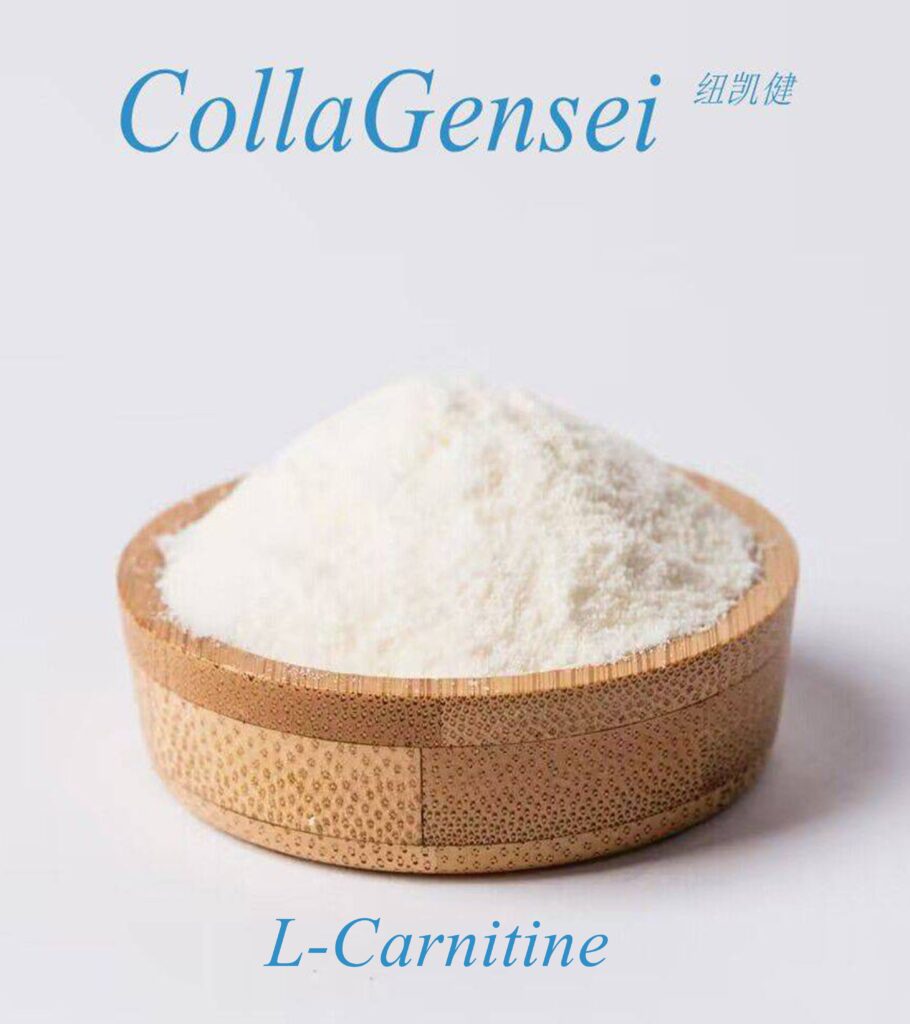Rice protein is a plant protein extracted from rice. In recent years, it has received widespread attention for its rich nutritional content and multiple health benefits. As a high-quality protein source, rice protein is suitable for vegetarians and people with dairy allergies and can provide nutritional support and health benefits to a wide range of consumer groups.
Nutritional Content and Health Benefits
High-quality Plant Protein Source: Rice protein is rich in protein and is a complete protein that contains all the amino acids required by the human body, especially essential amino acids such as glutamic acid and arginine, which help support muscle growth and repair.
Easy to Digest and Absorb: Rice protein is easier to digest and absorb than other protein sources, such as whey protein or soy protein, and is suitable for those allergic or intolerant to dairy or soy.
Low Allergenicity: Rice protein is generally lactose-free, gluten-free, and soy-free, making it a low-allergenic protein option suitable for individuals with food allergies or sensitivities.
Suitable for Vegetarians and Fitness People: Vegetarians and fitness people can supplement their daily protein needs with rice protein to support their health and fitness goals.
Promote satiety and control weight: Rice protein not only helps to build muscle mass but also promotes satiety and helps control weight, making it an ideal choice for a healthy diet.
How to use it?
Rice protein is usually sold in powder form. It can be added to various foods and beverages, such as milkshakes, cereals, bread, or baked goods, to increase protein content and nutritional value. Consumers can flexibly use rice protein to enrich their diet according to their preferences and health needs.
Market and Outlook
With the rise of healthy eating trends and the increasing demand for natural, plant-based protein among consumers, rice protein has broad market prospects as a nutritious and versatile protein source. With the advancement of science and technology and product innovation, rice protein is expected to play a more critical role in healthy food, sports nutrition, and vegetarian products, providing consumers with more choices and health gains.
Side Effects
Allergic reactions: Although rice protein is generally low in allergenicity, some people may be allergic to rice or its components. Allergic reactions include itchy skin, rash, difficulty breathing, etc. If allergic symptoms occur, stop use immediately and seek medical help.
Digestive discomfort: Some people may experience digestive discomfort such as indigestion, bloating, or diarrhea after consuming rice protein. This may be caused by individual sensitivity or intolerance to protein.
Load: Excessive protein intake may burden the kidneys, especially for people with existing kidney problems or diseases. Therefore, it is recommended to follow the product’s recommended intake or use it under the guidance of a medical professional.
Carbohydrate content: Some rice protein products may contain additional carbohydrates, especially ingredients added during processing. This is especially important for people who need to control carbohydrate intake.
Pregnant and breastfeeding women: Women should cautiously use protein supplements, including rice protein. It is best to decide whether it is suitable for use under the guidance of a professional medical staff and follow the recommended dosage.
Drug Interactions: If you are taking medication or have a specific health condition, consult a healthcare professional before using rice protein or any other supplement. Certain ingredients may interact with drugs or affect the absorption of medications.
Use Methods
1. Add to shakes and drinks
Add rice protein powder to shakes, fruit, or vegetable juices and stir until dissolved. This is one of the most common ways to use it, and it is suitable for breakfast or post-workout protein supplementation.
2. Stir into cereal and oats
Sprinkle rice protein powder on breakfast cereal, oats, or other grains to increase its nutritional value and protein content. You can stir or sprinkle it directly on top.
3. Add to bread and baked goods
When making bread, cookies, cakes, or other baked goods, you can add rice protein powder as part of the flour to increase the protein content of the food.
4. Mix into energy bars and protein bars
Mix rice protein powder into homemade or commercial energy bars or nutrition bars to increase their protein content and nutritional value.
5. Make healthy snacks and spherical energy balls
Mix rice protein powder with nut butter, coconut oil, and other ingredients to make spherical energy balls or healthy snacks that are easy to carry and eat.
6. Add to soup or stew
When making soup, stew, or other staple food, you can add rice protein powder to the liquid and stir well to increase the protein content of the dish.
Notes
Recommended dosage: Use rice protein powder according to the recommended dosage on the product packaging. The daily intake is usually based on personal needs and health goals.
Stir well: Stir the rice protein powdzer well to ensure complete dissolution and even distribution.
Personal preferences: Choose to add different fzoods and drinks according to individual tastes and preferences to ensure you enjoy the food while increasing protein intake.
Conclusion
In summary, rice protein is not only a high-quality source of plant protein but also has multiple health benefits and a wide range of application potential. The scientific and rational use and selection of rice protein products can help people achieve healthy eating goals and enjoy a healthy life.
https://www.collagensei.com/wp-content/uploads/2024/07/Rice-Protein-267×300.jpg




